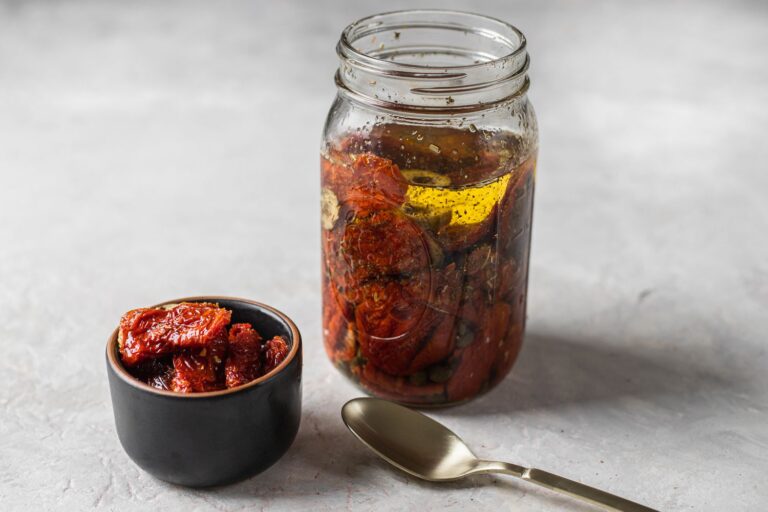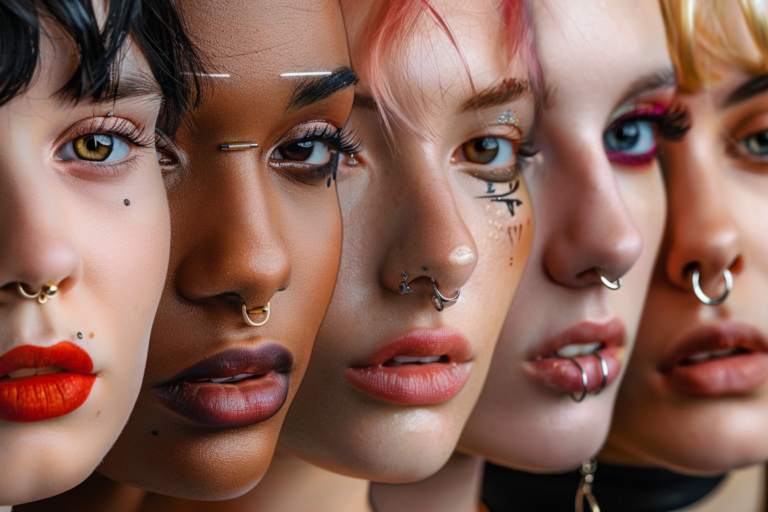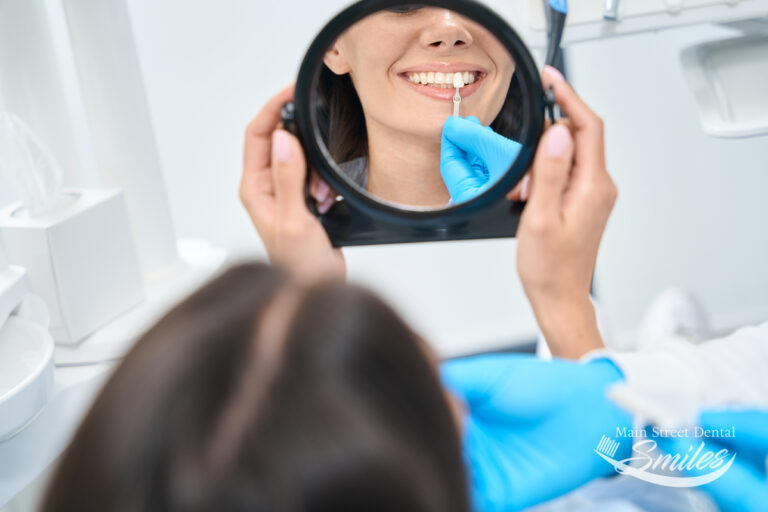Hickeys, also known as love bites or kiss marks, are often seen as a playful and affectionate gesture between romantic partners. However, many people wonder, “Are hickeys bad?” This article will explore the potential risks and myths surrounding hickeys, providing a comprehensive understanding of their implications on health and relationships.
- What Are Hickeys?
- Definition and Common Causes
- The Science Behind Hickeys
- Are Hickeys Bad for Your Health?
- Potential Health Risks
- Rare but Serious Complications
- The Social and Psychological Impacts of Hickeys
- Public Perception and Social Stigma
- Psychological Effects on Relationships
- Myths and Misconceptions About Hickeys
- Debunking Common Myths
- What Really Happens When You Get a Hickey?
- How to Get Rid of a Hickey
- Immediate Remedies
- Long-term Care and Prevention
- Hickeys and Legal Implications
- Understanding Consent
- Legal Consequences in Certain Situations
- Alternatives to Hickeys: Affectionate Expressions
- Non-Markable Ways to Show Affection
- The Importance of Mutual Respect in Relationships
- Conclusion: Are Hickeys Bad?
- Weighing the Risks and Rewards
1. What Are Hickeys?
Definition and Common Causes
A hickey is a bruise-like mark that appears on the skin after intense sucking or biting, usually on the neck or arm. The suction causes small blood vessels called capillaries to burst, resulting in a red or purple mark. Hickeys are typically associated with romantic or sexual encounters and are often seen as a physical manifestation of affection.
The Science Behind Hickeys
When the skin is sucked or bitten with sufficient force, the pressure causes the capillaries under the skin to break. Blood leaks out of these vessels and becomes trapped beneath the skin’s surface, creating a bruise. The body’s natural healing process will eventually break down and reabsorb the blood, causing the hickey to fade over time.
2. Are Hickeys Bad for Your Health?
Potential Health Risks
While hickeys are generally harmless, there are potential health risks that some people may not be aware of. These include:
- Bruising: A hickey is essentially a bruise, and while most bruises are not harmful, they can be painful or uncomfortable, especially if they occur in sensitive areas.
- Infection: If the skin is broken during the process of giving a hickey, there’s a risk of infection. This is particularly concerning if the area is not kept clean or if the person giving the hickey has an open sore or infection in their mouth.
- Blood Clots: In very rare cases, the trauma caused by a hickey can lead to the formation of a blood clot. If a clot travels to vital organs like the brain, it could cause serious health issues, such as a stroke.
Rare but Serious Complications
While it’s extremely uncommon, there have been isolated reports of serious complications arising from hickeys. For example, there have been cases where a hickey led to a blood clot that caused a stroke. These cases are exceedingly rare, but they highlight the potential risks associated with hickeys.
3. The Social and Psychological Impacts of Hickeys
Public Perception and Social Stigma
Hickeys can carry a social stigma, especially in certain cultures or communities where public displays of affection are frowned upon. A visible hickey may lead to judgment or embarrassment, particularly in professional or formal settings. The perception of hickeys can vary widely depending on cultural norms and individual beliefs.
Psychological Effects on Relationships
In some relationships, a hickey might be seen as a sign of possessiveness or control, especially if one partner feels pressured to display a mark of affection. This can lead to tension or conflict within the relationship. On the other hand, some couples may see hickeys as a harmless and fun way to express their feelings. The psychological impact of a hickey largely depends on the dynamics of the relationship and the individuals involved.
4. Myths and Misconceptions About Hickeys
Debunking Common Myths
There are several myths and misconceptions about hickeys that persist despite being unfounded. Some of these include:
- Myth: Hickeys are a sign of true love.
While some people may see hickeys as a symbol of affection, they are not a definitive indicator of love or commitment. They are simply a physical response to pressure on the skin. - Myth: Hickeys can only be given on the neck.
Hickeys can appear on any part of the body where the skin is soft and the capillaries are close to the surface. The neck is just the most common location. - Myth: Hickeys are always intentional.
Sometimes, a hickey can occur unintentionally, especially during passionate moments. The intent behind a hickey varies from person to person.
What Really Happens When You Get a Hickey?
Understanding the physiological process behind a hickey can help dispel some of the myths. A hickey is simply a bruise, and its formation is the result of broken capillaries. The mark fades as the body reabsorbs the blood and heals the damaged tissue.
5. How to Get Rid of a Hickey
Immediate Remedies
If you want to get rid of a hickey quickly, there are several remedies you can try:
- Cold Compress: Applying a cold compress to the area immediately after getting a hickey can help reduce swelling and minimize the bruise.
- Massage: Gently massaging the area can stimulate blood flow and help disperse the trapped blood under the skin.
- Topical Creams: Arnica or vitamin K creams are known to help reduce bruising and can be applied to the hickey to speed up healing.
Long-term Care and Prevention
Preventing hickeys involves being mindful of the pressure applied during intimate moments. Communication with your partner about boundaries and preferences can also help prevent unwanted marks. If you frequently get hickeys and are concerned about their impact, consider discussing alternative ways to express affection.
6. Hickeys and Legal Implications
Understanding Consent
Consent is crucial in any physical interaction, and this includes giving or receiving hickeys. It’s important that both partners are comfortable with the idea of leaving or displaying a hickey. Without mutual consent, the act could be considered a violation of personal boundaries.
Legal Consequences in Certain Situations
While hickeys are generally not a legal issue, there are scenarios where they could have legal implications. For instance, if a hickey is given without consent and causes significant physical harm or emotional distress, it could potentially be classified as assault in some jurisdictions. Understanding the laws in your area and respecting your partner’s boundaries is essential.
7. Alternatives to Hickeys: Affectionate Expressions
Non-Markable Ways to Show Affection
If you’re concerned about the potential risks or social stigma of hickeys, there are plenty of other ways to show affection without leaving a mark. Some alternatives include:
- Kisses: Gentle kisses can express affection without causing any visible marks.
- Hugs: A warm embrace can be just as intimate and meaningful as a hickey.
- Compliments: Verbal expressions of love and admiration can strengthen your bond without any physical marks.
The Importance of Mutual Respect in Relationships
Mutual respect is key in any relationship. Whether or not you choose to give or receive hickeys should be a decision made together with your partner. Open communication and consideration for each other’s feelings and boundaries are crucial for a healthy relationship.
8. Conclusion: Are Hickeys Bad?
Weighing the Risks and Rewards
So, are hickeys bad? The answer depends on various factors, including health risks, social implications, and the dynamics of your relationship. While hickeys are generally harmless, they can carry potential risks and social stigma. It’s important to be aware of these factors and to communicate openly with your partner about your preferences and boundaries.
In the end, whether or not you consider hickeys to be bad is a personal decision. Understanding the potential risks and taking steps to prevent unwanted marks can help you make an informed choice. Whether you see hickeys as a fun expression of affection or a potential health risk, the key is to prioritize mutual respect and consent in your relationships.
4o













